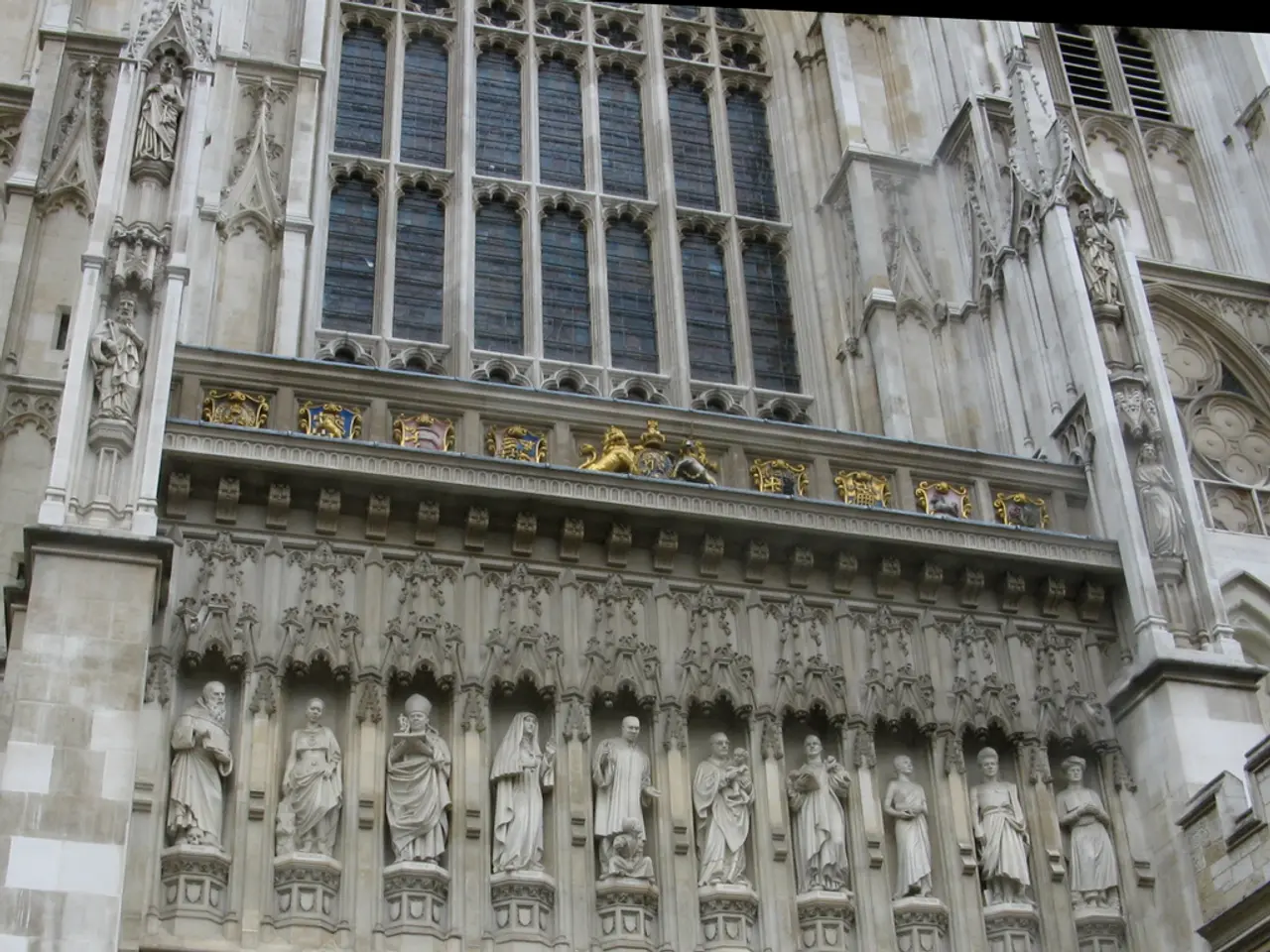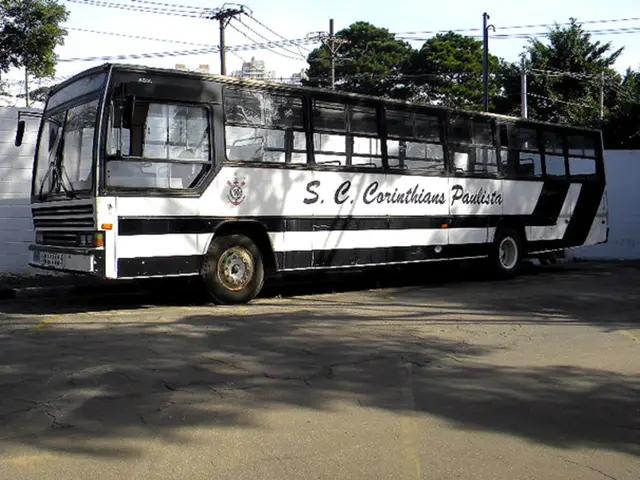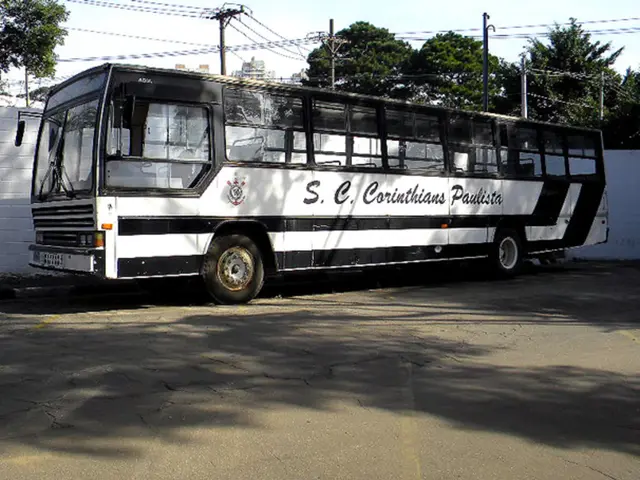Reichstag's Glass Dome: A Symbol of Unity and Transparency
The iconic Reichstag Building in Berlin, a symbol of Germany's united republic, has undergone a remarkable transformation. Designed by renowned architect Norman Foster, the glass dome has become a major tourist attraction, drawing millions of visitors each year.
The comprehensive rebuilding of the Reichstag began in 1995 and was completed in 1999, a feat achieved within the tight four-year schedule despite the project's complexity. The renovation, one of the most significant construction projects of the post-reunification era, turned the historic building into the seat of the German Bundestag.
The new design by Foster included a glass canopy that serves to illuminate and ventilate the plenary hall. This striking feature has become a central symbol of the building, which now stands as the centerpiece of the redesigned government district. Nearby structures include the Paul-Loebe House and the Federal Chancellery. The new plenary chamber accommodates members and guests, while offices, party rooms, and a press lobby cater to the building's diverse functions.
The renovation process began with an international competition in 1992, with Foster's design ultimately being selected. The project cost around 319 million euros and covered a gross area of 61,000 square meters.
The Reichstag Building, one of Germany's most famous landmarks, has been revitalized through Norman Foster's innovative design. The glass canopy, a beacon of unity and transparency, has not only transformed the building's functionality but also its symbolic significance in the heart of Berlin.
Read also:
- Federal Funding Supports Increase in Family Medicine Residency Program, Focusing on Rural Health Developments
- Potential Role of DHA in Shielding the Brain from Saturated Fats?
- Alternative Gentle Retinoid: Exploring Bakuchiol Salicylate for Sensitive Skin
- Hanoi initiates a trial program for rabies control, along with efforts to facilitate the transition from the dog and cat meat trade industry.






